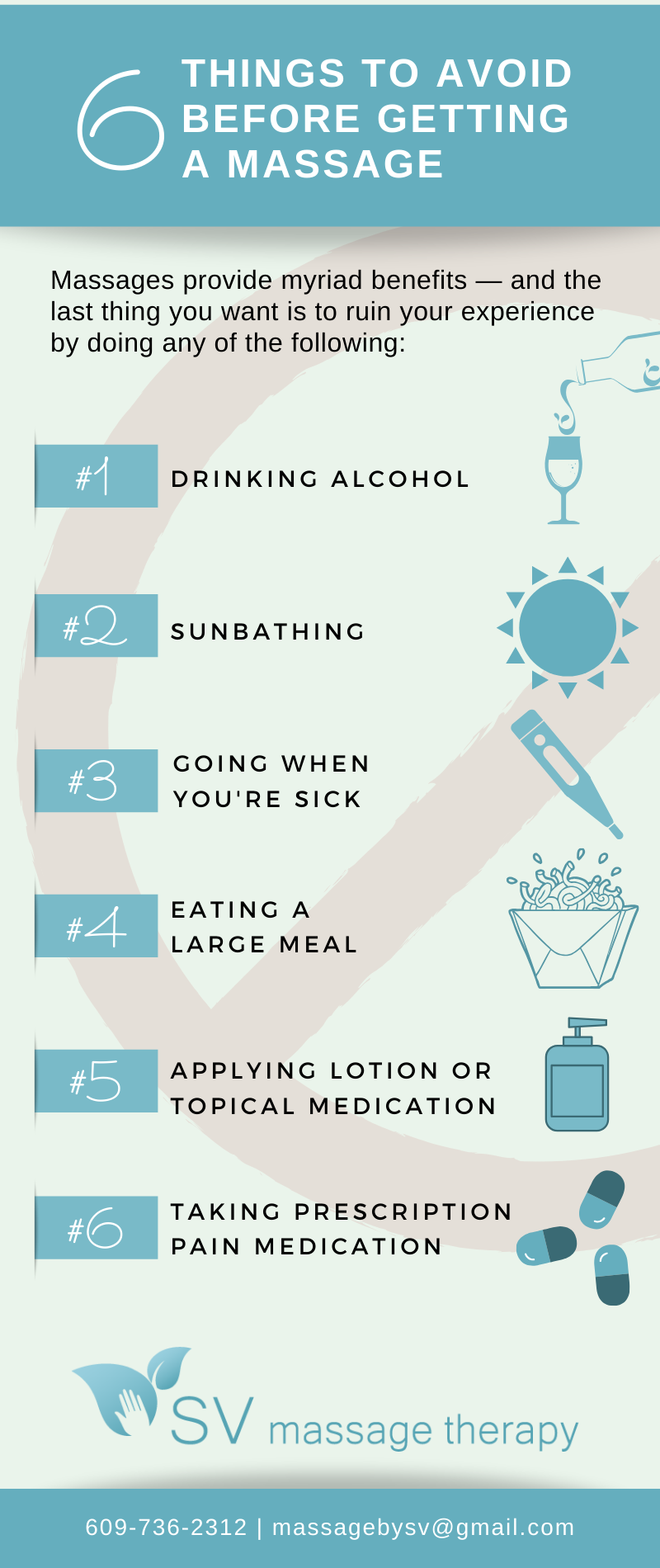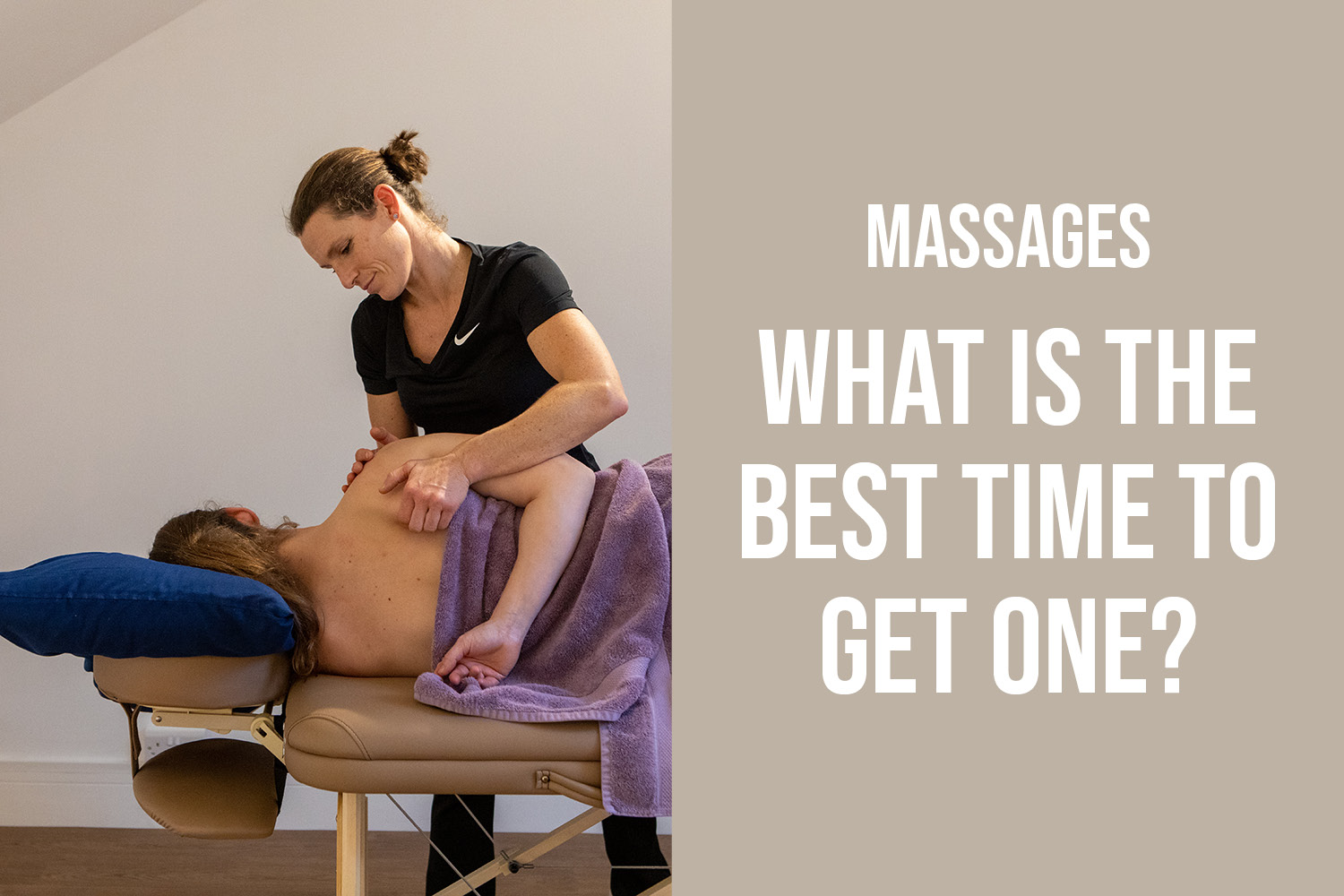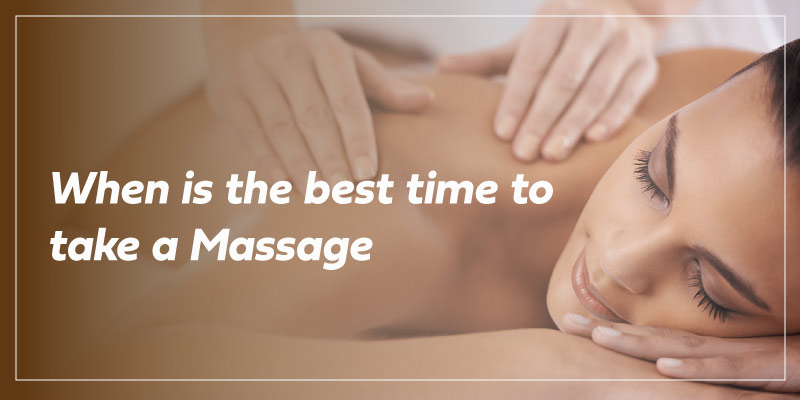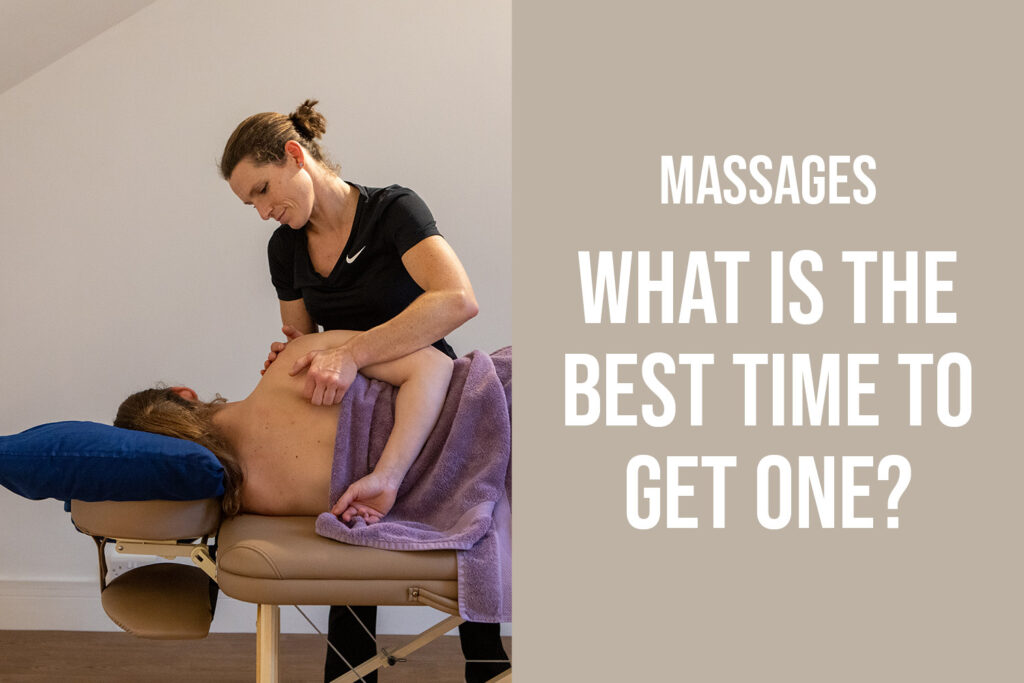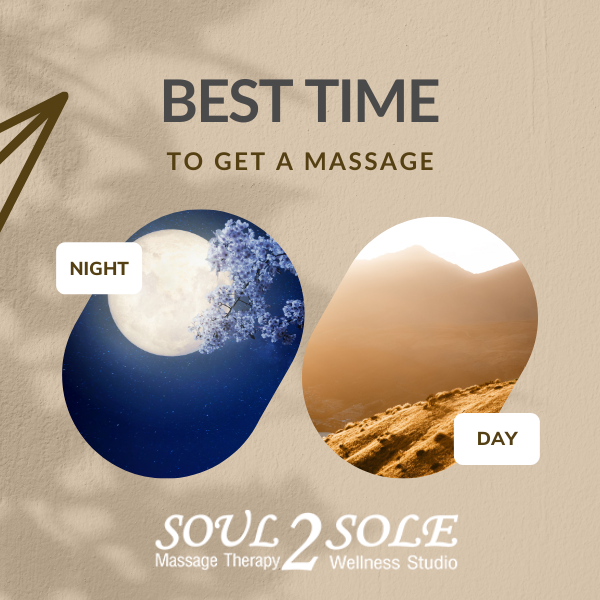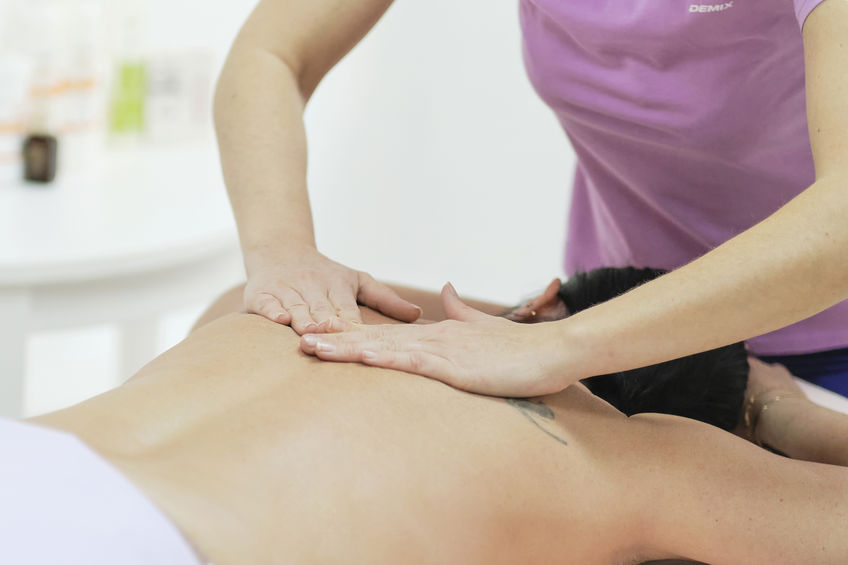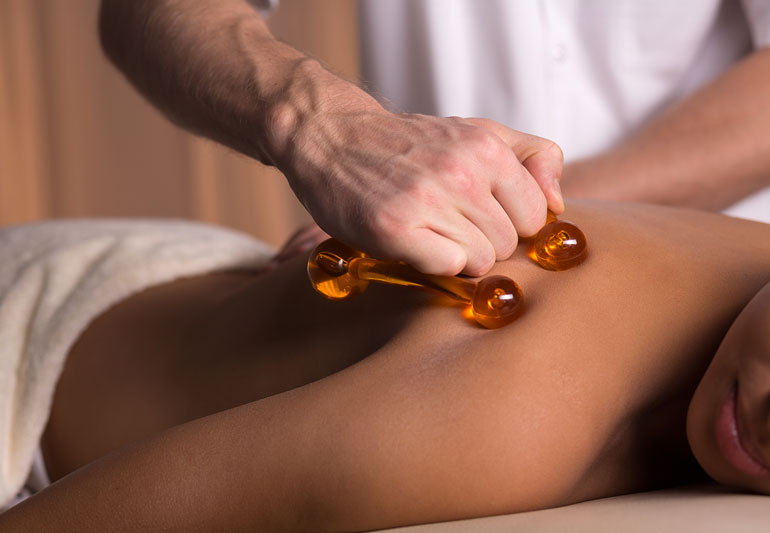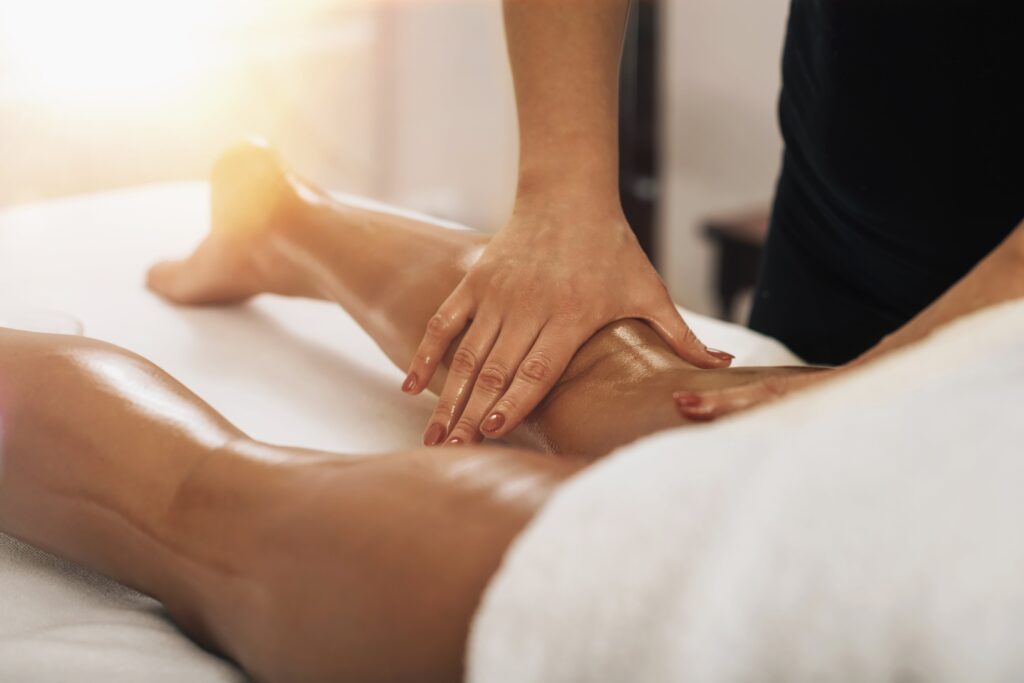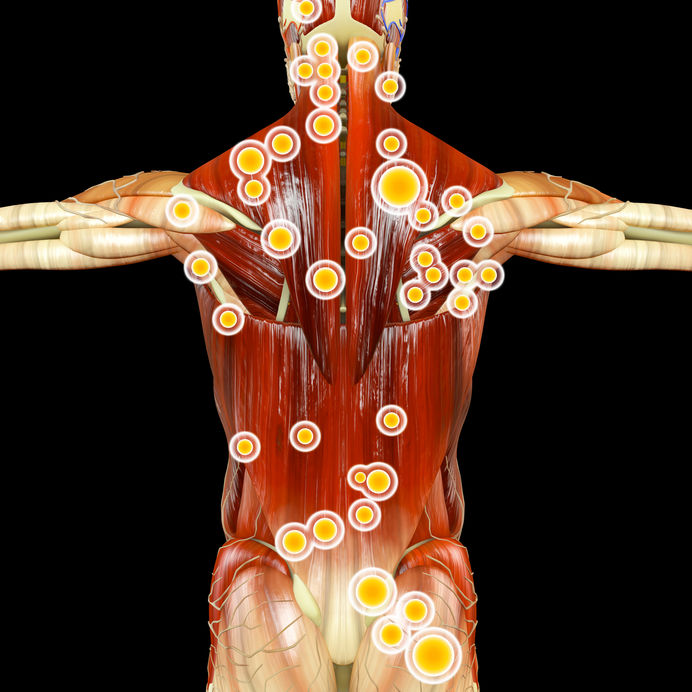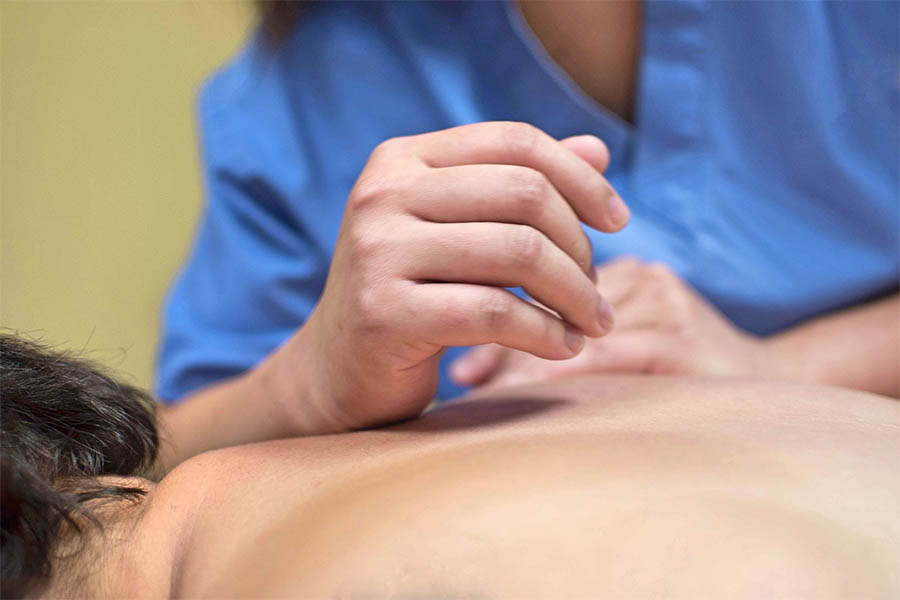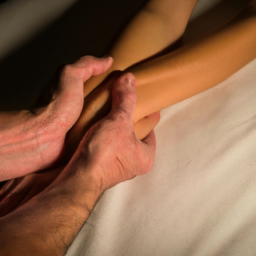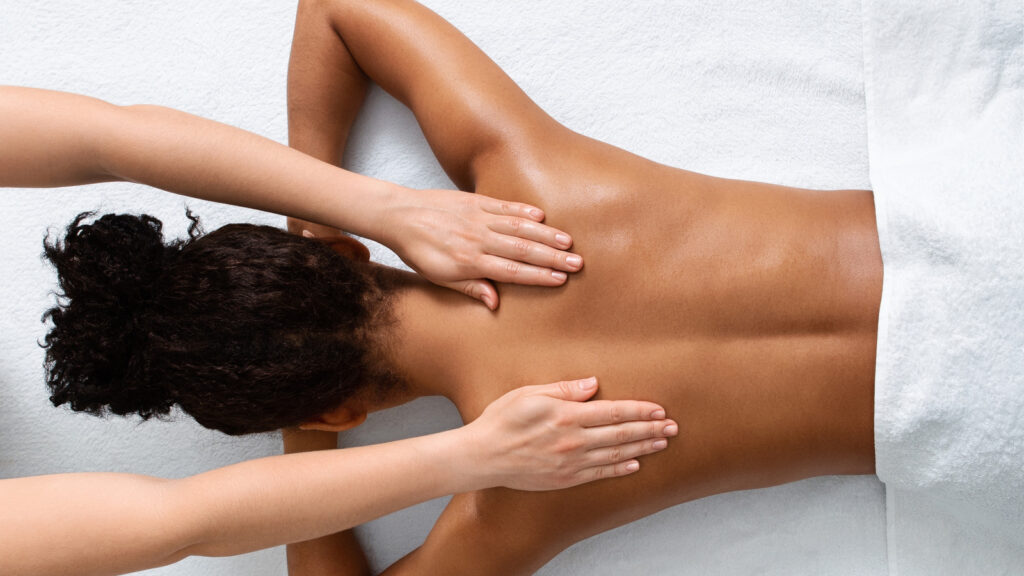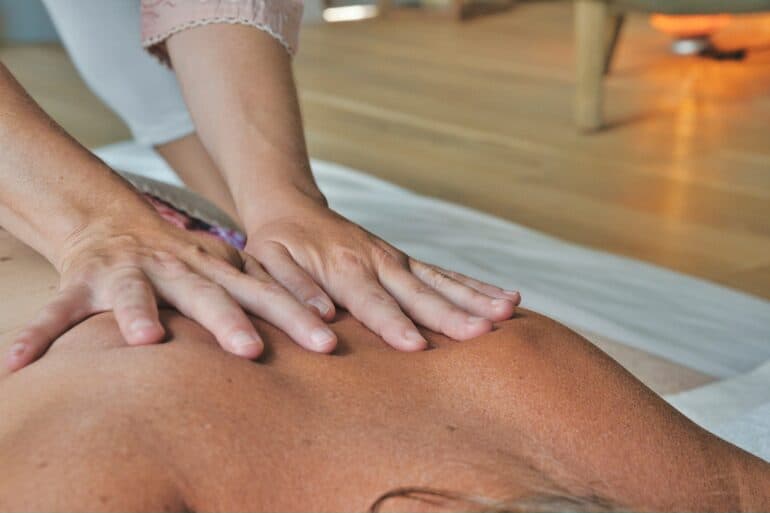So, you just had an amazing massage and you’re feeling relaxed and renewed. But did you know that what you eat after a massage can have an impact on how you feel afterwards? That’s right! Your post-massage meal can either enhance the benefits or counteract them. In this article, we’re going to discuss what not to eat after a massage to ensure you continue feeling great.
Now, it’s important to remember that everyone is different and what works for one person may not work for another. However, there are some general guidelines that can help you make healthier choices. Firstly, it’s best to avoid heavy, greasy, and fatty foods. These can be difficult to digest and may leave you feeling bloated or sluggish. Instead, opt for lighter options such as fruits, vegetables, and lean proteins.
Secondly, try to steer clear of caffeine and sugary drinks. While that cup of coffee or soda may sound like a tempting pick-me-up, they can actually dehydrate you and affect your body’s ability to flush out toxins. It’s important to stay hydrated after a massage, so opt for water or herbal tea instead.
Finally, be mindful of any food allergies or sensitivities you may have. If you know that certain foods don’t agree with you, it’s best to avoid them after a massage. After all, you want to feel relaxed and rejuvenated, not uncomfortable or bloated.
Want to learn more about what to eat after a massage? Stay tuned for our upcoming article where we dive deeper into this topic and provide you with even more helpful tips. Until then, remember to listen to your body and make choices that will support your overall well-being.

This image is property of theprofessionalmassageacademy.com.
What Not To Eat After A Massage?
As massage therapists and enthusiasts, we understand the transformative power of a good massage. Not only does it help us relax and unwind, but it also provides numerous health benefits to our bodies. However, did you know that what you eat after a massage can greatly impact the effectiveness of the treatment and your overall wellbeing? In this article, we will explore the importance of post-massage nutrition and provide you with guidance on what foods to avoid. So, let’s dive in!
Increased blood circulation
One of the immediate effects of a massage is increased blood circulation. This improved circulation brings fresh oxygen and nutrients to the muscles, promoting faster healing and relieving tension. It also helps remove waste products and toxins from the body. To support this process, it is crucial to provide your body with the right nutrients after a massage.
Relaxed muscles
A massage helps relax tight and tense muscles, reducing muscle stiffness and promoting flexibility. It also stimulates the release of endorphins, which are natural painkillers produced by the body. To ensure the benefits of a massage are maximized, it is essential to fuel your body with the right nutrients.
Release of toxins
During a massage, the manipulation of the muscles can release toxins stored in the body. These toxins need to be flushed out of your system to prevent any adverse effects. Proper nutrition plays a vital role in supporting the body’s detoxification process.
Supporting muscle recovery
After a massage, your muscles may feel sore and tired. This is a natural response as the body works to repair and rebuild the muscle fibers. To aid in this recovery process, it is crucial to provide your body with the necessary nutrients.
Maximizing the benefits of massage
By nourishing your body with the right foods, you can maximize the benefits of a massage. Proper nutrition provides your body with the energy it needs to heal and repair itself. It can also help reduce inflammation and promote a faster recovery.
Boosting energy levels
A massage can be both physically and mentally relaxing, often leaving you feeling rejuvenated. However, it is essential to support this revitalized feeling by providing your body with the right nutrients. Proper post-massage nutrition can help boost your energy levels and keep you feeling refreshed.
Processed and fried foods
After a massage, it is best to avoid processed and fried foods. These types of foods are often high in unhealthy fats, sodium, and artificial additives. They can lead to inflammation in the body and hinder the healing process. Opt for healthier alternatives instead.
High-sugar foods and drinks
Consuming high-sugar foods and drinks after a massage can have negative effects on your body. These sugary treats can cause a spike in your blood sugar levels, leading to energy crashes and affecting your overall wellbeing. Instead, choose natural sugars found in fruits to satisfy your sweet tooth.
Caffeine
While a cup of coffee may be tempting after a relaxing massage, it is best to avoid caffeine. Caffeinated beverages can interfere with the body’s ability to relax and can disrupt sleep patterns. Opt for herbal teas or naturally decaffeinated beverages instead.
Alcohol
Although a glass of wine or a cocktail may seem like a nice way to unwind after a massage, alcohol can actually dehydrate the body. It can also interfere with the body’s ability to heal and can exacerbate inflammation. It is best to avoid alcohol and opt for hydrating alternatives like water or herbal teas.
Inflammation and swelling
Ignoring proper nutrition after a massage can lead to inflammation and swelling. Inflammation in the body can hinder the healing process and prolong muscle soreness. By choosing the right foods, you can help reduce inflammation and promote faster recovery.
Muscle soreness
Muscle soreness is a common side effect of a massage, especially deep tissue or sports massages. However, certain foods can exacerbate this soreness. It is important to avoid foods high in inflammatory compounds such as processed meats and sugary, processed foods.
Digestive disturbances
Some foods can cause digestive disturbances after a massage. Your body is in a relaxed state, and consuming heavy, greasy foods can put stress on your digestive system. This can lead to discomfort and bloating. Choosing lighter, easily digestible options will help support your body’s natural processes.
Fresh fruits and vegetables
After a massage, it is essential to replenish your body with nutrient-rich foods. Fresh fruits and vegetables are excellent choices as they are rich in antioxidants, vitamins, and minerals. They also provide the necessary fiber to support healthy digestion.
Lean proteins
Protein is vital for muscle repair and recovery. Choose lean sources of protein such as chicken, fish, tofu, or beans to support your body’s healing process. These foods provide amino acids that are necessary for repairing and rebuilding muscle fibers.
Whole grains
Whole grains such as quinoa, brown rice, and oats are excellent choices for post-massage nutrition. They provide a steady release of energy, essential nutrients, and fiber, which aids in digestion and helps stabilize blood sugar levels.
Drinking plenty of water
Hydration is crucial after a massage. Drinking plenty of water helps flush out toxins from the body and keeps your muscles hydrated. It also supports proper digestion and helps prevent muscle soreness.
Hydrating herbal teas
In addition to water, herbal teas can be a great way to hydrate after a massage. They provide hydration while also offering additional health benefits. Chamomile tea, for example, has calming properties that can further enhance your relaxation after a massage.
Waiting at least an hour before eating
It is generally recommended to wait at least an hour after a massage before eating a meal. This allows your body to fully absorb the benefits of the massage and avoids putting excess strain on your digestive system. However, if you feel hungry, a light snack like a piece of fruit or a handful of nuts can be consumed.
Eating a balanced meal before the massage
To ensure you have the necessary fuel for your massage, it is important to eat a balanced meal beforehand. Incorporate a combination of carbohydrates, protein, and healthy fats to provide sustained energy throughout the massage session.
Paying attention to cravings
Everyone’s body is unique, and cravings can vary. Pay attention to your body and listen to its cues. If you find yourself craving certain foods after a massage, it may be an indication that your body needs specific nutrients.
Noticing how certain foods make you feel
After a massage, take note of how certain foods make you feel. Some foods may leave you feeling energized and refreshed, while others may leave you feeling sluggish or bloated. This self-awareness can help guide your post-massage nutrition choices in the future.
Seeking professional advice on nutrition
If you are unsure about which foods to include or avoid after a massage, it is always a good idea to consult with a nutrition professional. They can provide personalized recommendations based on your individual needs and preferences.
Tailoring post-massage diet to individual needs
Remember, everyone’s body is different. What works for one person may not work for another. It is important to tailor your post-massage diet to fit your individual needs and preferences. Experiment with different foods and observe how your body responds.
In conclusion, proper post-massage nutrition plays a crucial role in maximizing the benefits of a massage and supporting your body’s healing process. By avoiding processed and fried foods, high-sugar foods and drinks, caffeine, and alcohol, you can help reduce inflammation, support muscle recovery, and boost your energy levels. Instead, opt for fresh fruits and vegetables, lean proteins, whole grains, and hydrating beverages like water and herbal teas. Listen to your body, pay attention to cravings, and consult with a nutrition professional to tailor your post-massage diet to your individual needs. Remember, nourishing your body with the right foods after a massage will enhance your overall wellness and ensure that you get the most out of your massage experience.
